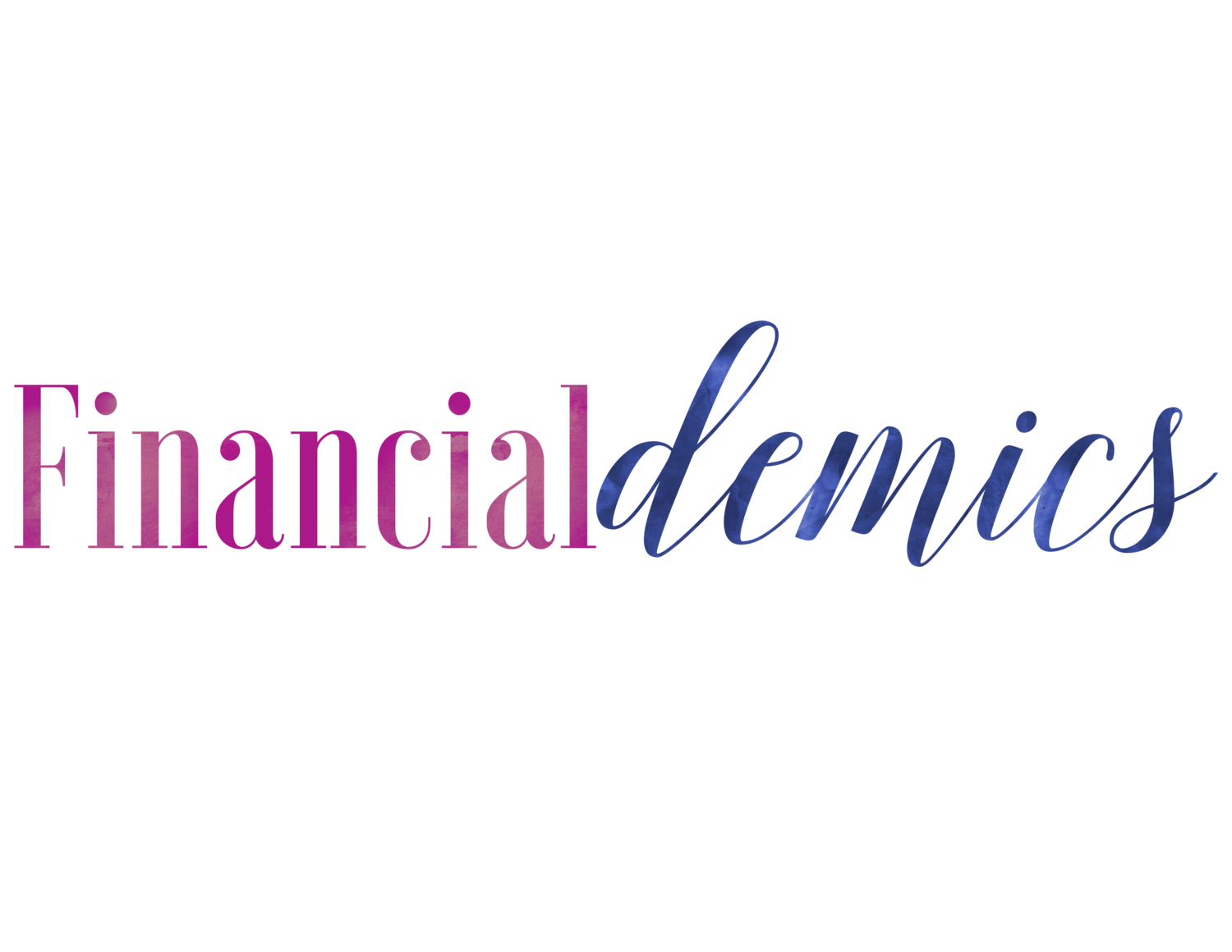March is Credit Education Month so we will focus on understanding your credit report and credit scores.
As a teenager, my mother mentioned a few times to never get a credit card but never explained why and you have to tell me why. So when I received my first credit card offer I apply, get the card and tell myself that I would just use it here and there. Well... I maxed that card out in 1 month. It didn't have a high credit limit but it was still maxed (not good). Initially, I was not concerned because I had a job so I had the means to pay the bill when it comes, but I noticed that even though I am paying the minimum payment and the balance is not really moving. I was leaving for college in August and I would not have any income besides Bank of Mommy & Daddy. Fast forward to next summer, I'm home for the summer from college, pregnant and working at my old job. I decide to go to a job fair for a large company and I while I am filling out the application, I have to acknowledge that it's ok for them to check my credit. Why? What does my credit say? Later that day, Yahoo and I (or was it AOL, lol), began a credit report search. I was trying to figure out how to pull my credit report and annualcreditreport.com didn't exist then. It actually pretty difficult to gain access (from a source I trust) to my credit report but I eventually received it.
According to investopedia.com, A credit report is a detailed report of an individual's credit history. Credit bureaus collect information and create credit reports based on that information, and lenders use the reports along with other details to determine loan applicants' credit worthiness.
The first section of your credit report is always your Personal Information which includes the following:
Name and all of your alias (so if you changed your name due to marriage, it may show your maiden name and your married name)
Date of birth
Current address and any previous addresses
Employer (current and previous)
The Report Summary shows a breakdown of the accounts on your report and number of inquiries:
Total Accounts
Open
Closed
Delinquent
Derogatory
Balances
Payments
Public Records
Inquires
Account History. All of your Active accounts (Real Estate, Revolving (credit cards), and Installment (loans), in the last 7 years. This section is sometimes broken up by collection accounts and accounts in good standing.
The Account History section shows the following information for each account:
Account Name - The name of the lender (if it is a collection account the original creditor should also be listed).
Account number (partially blocked for security) - This will help you match up the account with your records.
Account Type - The type of account, mortgage, credit cards, student loan, etc.
Balance - Current balance (Tip: If your account is closed you should not have a current balance).
High balance- The highest balance you had on your account.
Date opened - The date the account was opened (usually shown as month and year).
Account status - Open/closed/collection - check experian glossary.
Credit limit - The max amount of credit available
Terms - The payment term agreed upon (36 months) or the revolving if it’s a credit card.
Payment History- OK (current), ND (no data), 30/60/90/120 (days late), RF (repossession or foreclosure), etc.
Inquires. Shows every time you have requested credit in the last two years and from what company. This section also shows if a company requested to see your credit for a prescreened offer. The prescreen offers will state they were used for pre-approval so you know they were not requested by you.
Public Record (Judgements/Foreclosures/bankruptcy/tax lien). This information is actually NOT reported to the credit bureaus. The credit bureaus search public records for this information and add it to your report. If you have a public record on your credit report make sure the information listed is correct.
Consumer Statement - A statement explaining your situation in a 100 word or less. You can add a consumer statement to your credit report if you disagree with the results of a dispute and want to tell your side of the story. This article on creditcards.com states that Experian and Transunion allow you to add multiple consumer statements but Equifax only lets you add one. You should also read the article (after this one) to understand how effective this section is during the application process.
It's very important to know what is on your credit report and be able to read and understand it. An FTC study found there are errors on millions of Americans credit reports. If you are able to understand what is on your credit report you will be able to recognize errors that can cost you money if not disputed.
You're able to check your credit report with the 3 major credit bureaus once a year for free on annualcreditreport.com. I advise that you request your credit report from one of the credit bureaus every four months and not all at once so you can monitor your credit throughout the year.
If you are looking for additional help with on repairing your credit, check out:
Netiva Heard of MNH Credit Solutions - She has great posts on DIY credit repair, which will provide you the steps you need to repair your credit yourself.
Tiffany Aliche’s Live Richer Challenge - Her program will help you clean up your credit and raise your credit score in 22 days!
Once I was able to view my credit report and understand what was on it, I realized how important it was to have good credit.
Have you requested your credit report yet? If not, what’s stopping you?













